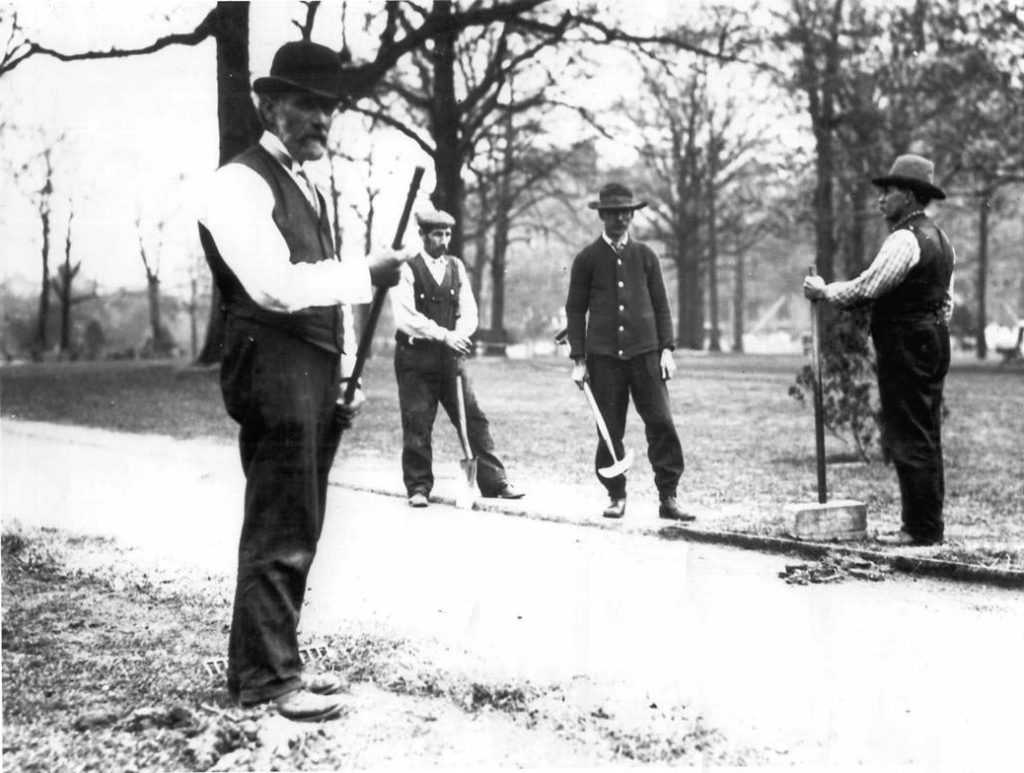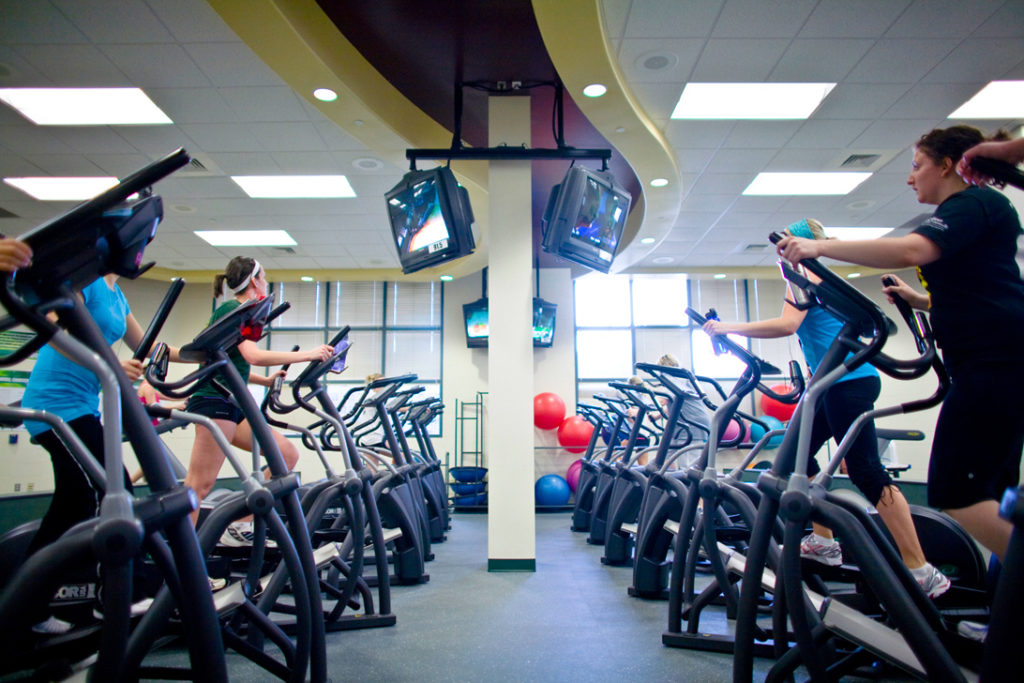
It seems the longer the obesity epidemic plagues the United States, the more complicated solutions to this problem become. Exercise programs become more intricate, diet plans become more extreme and hype could not be louder. However, using an old and simplistic mindset when approaching this problem can be more effective than “the latest breakthrough in fat loss!”. Try to recall memories of your great-grandparents. Were your great-grandparents obese or relatively fit? What were their daily physical activity levels? Did they work on a farm or in a manufacturing job? If they did, their physical activity levels were probably high. But what about their exercise levels; did they even exercise at all? I ask this because there is a difference between working on a farm all day and exercising. Working in a farm or factory is characterized as physical activity but does not count as exercise. Exercise is the deliberate intention of getting physical activity.
This distinction between laboring work and sedentary work started the field of exercise physiology. In 1952 Jerry Morris, an epidemiologist from Scotland, published a study on the differences in incidence of heart disease between sedentary bus drivers and active conductors in the London transport system. Morris found that both the transport conductors and drivers came from similar socio-economic status but the conductors had lower rates of heart disease. This difference was attributed to the walking and stair climbing demanded of conductors. Subsequent studies, co-authored by Morris, showed that not only were conductors less likely to experience heart disease, but those working jobs requiring more movement were protected from heart disease compared to their sedentary counterparts. Although Morris recently died at the age of 99, he continues to have a positive influence on the field of exercise and epidemiology, having contributed to a study finding that meeting the minimum requirements (150 minutes/week) of exercise per week (American College of Sports Medicine and The English Department of Health) resulted in a 25% lower mortality rate compared to sedentary populations. This means that getting just a little physical activity or exercise everyday can increase your life expectancy and quality of life.

Exercise is characterized as deliberately moving one’s body in a physically active manner with the intention of improving health and/or fitness. I bring this up because you do not have to exercise in order to remain healthy; however, your physical activity levels need to be high. Beyond working in a farm or factory there are other forms of applicable physical activity. In fact, physical activity does not only have to be work, it can also be functional and fun! Historically, physical activity is the most straightforward and most successful solution to the United States obesity epidemic. Physical activity includes: active commuting, yard work, taking the stairs, recreational sports, dance classes and from a nomadic perspective hunting and gathering. Active commuting involves walking or biking to work and can help solve both environmental and health problems the United States currently faces. Active commuting has been shown to decrease chances of cardiovascular disease by 11% while also decreasing risk for cancer.
Finding a combination of functional and fun physical activity will require creativity, flexibility, and tweaking your current lifestyle but is worth it in the end. Create a set of guidelines that will direct you towards a more physically active lifestyle.
These guidelines should look like:
- Make physical activity a priority – Above anything else increasing your physical activity will require you to make mental adjustments. Accept the fact that there may be a few inconveniences added to your life, but they are worth it.
- Make it simple – Stay at your kids soccer practice and walk during their practice time. Take the stairs at work and walk to your lunch destination.
- Create a social environment – Engage a friend or coworker to join you on lunch time workouts or attend evening yoga classes. Develop friendships and camaraderie at an exercise group you join. A study performed at Santa Clara University found that people in social exercise programs were 19% more likely to complete a weight loss exercise program and 42% more likely to maintain their weight loss.
- Include a variety of activities – If you like the outdoors, find trails or paths weaving in the woods to hike or bike. If you want to stay inside find indoor sports, dancing clubs or indoor pools. A study at the University of Florida found that participants using an exercise plan with variety enjoyed exercise 20% more than individuals using the same plan everyday.
- Stick with it – Find safe, low-cost activities and activities that can fit into your daily schedule. Find an activity that makes you feel accomplished afterwards.
It takes leading by example and communication for ideas like this to spread, but think of the impact physical activity had on early Americans and the impact it can still have! Challenge yourself and challenge others to jump aboard this simple solution to one of America’s largest problems.
Peer edited by Amala John.
Follow us on social media and never miss an article: